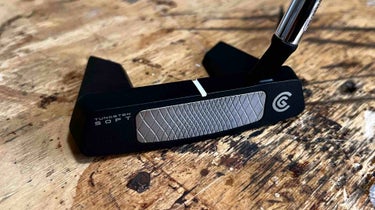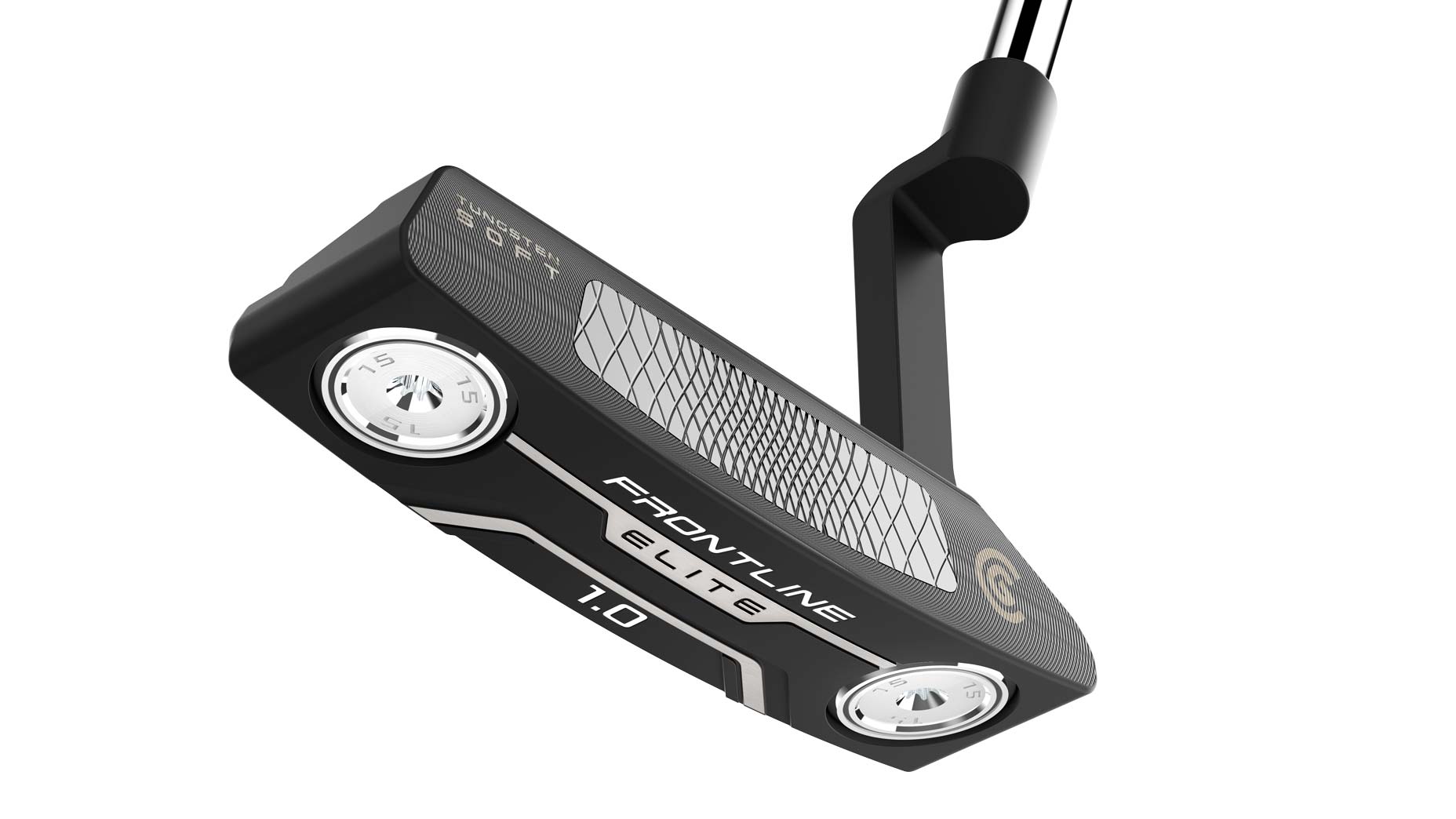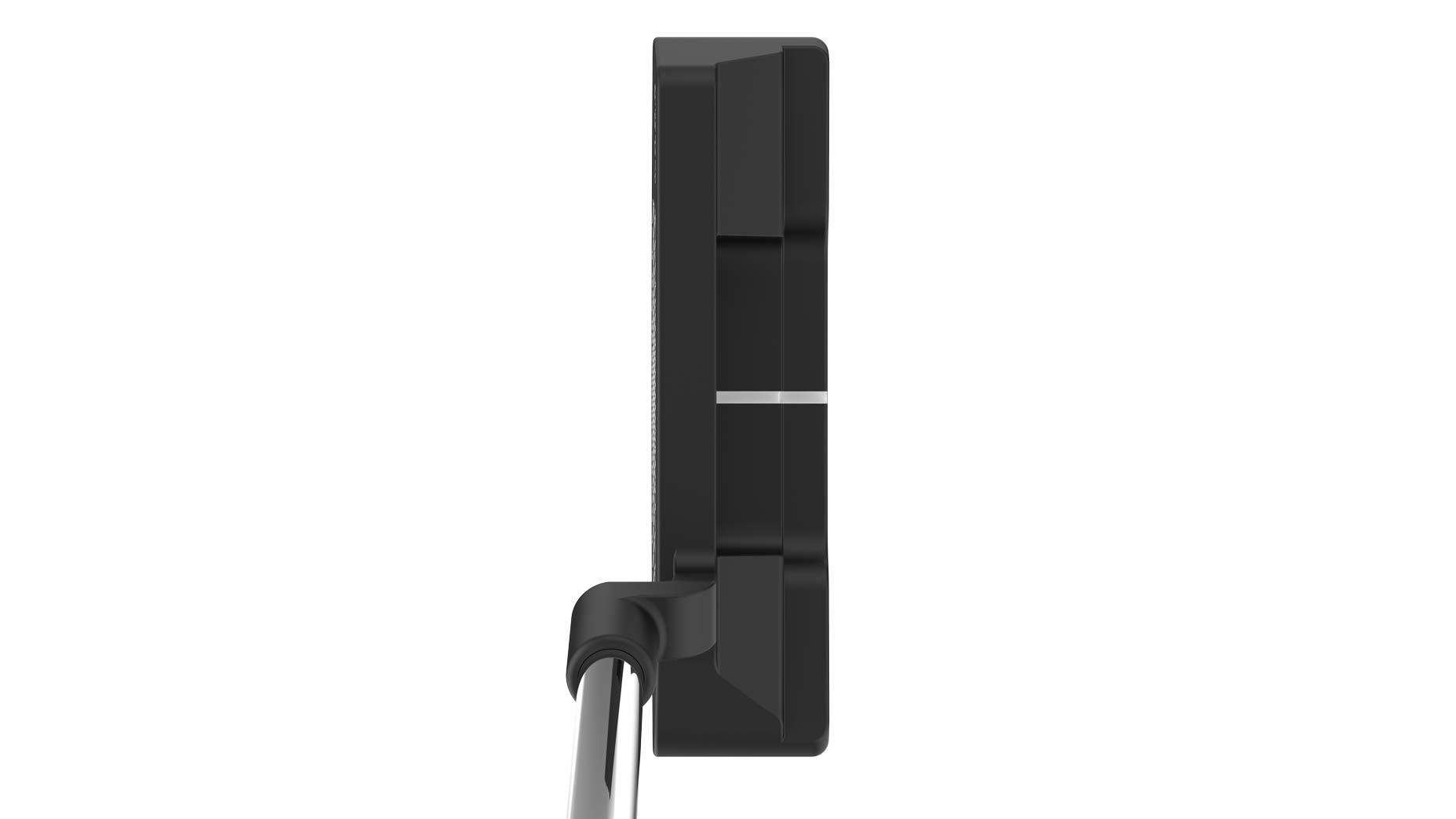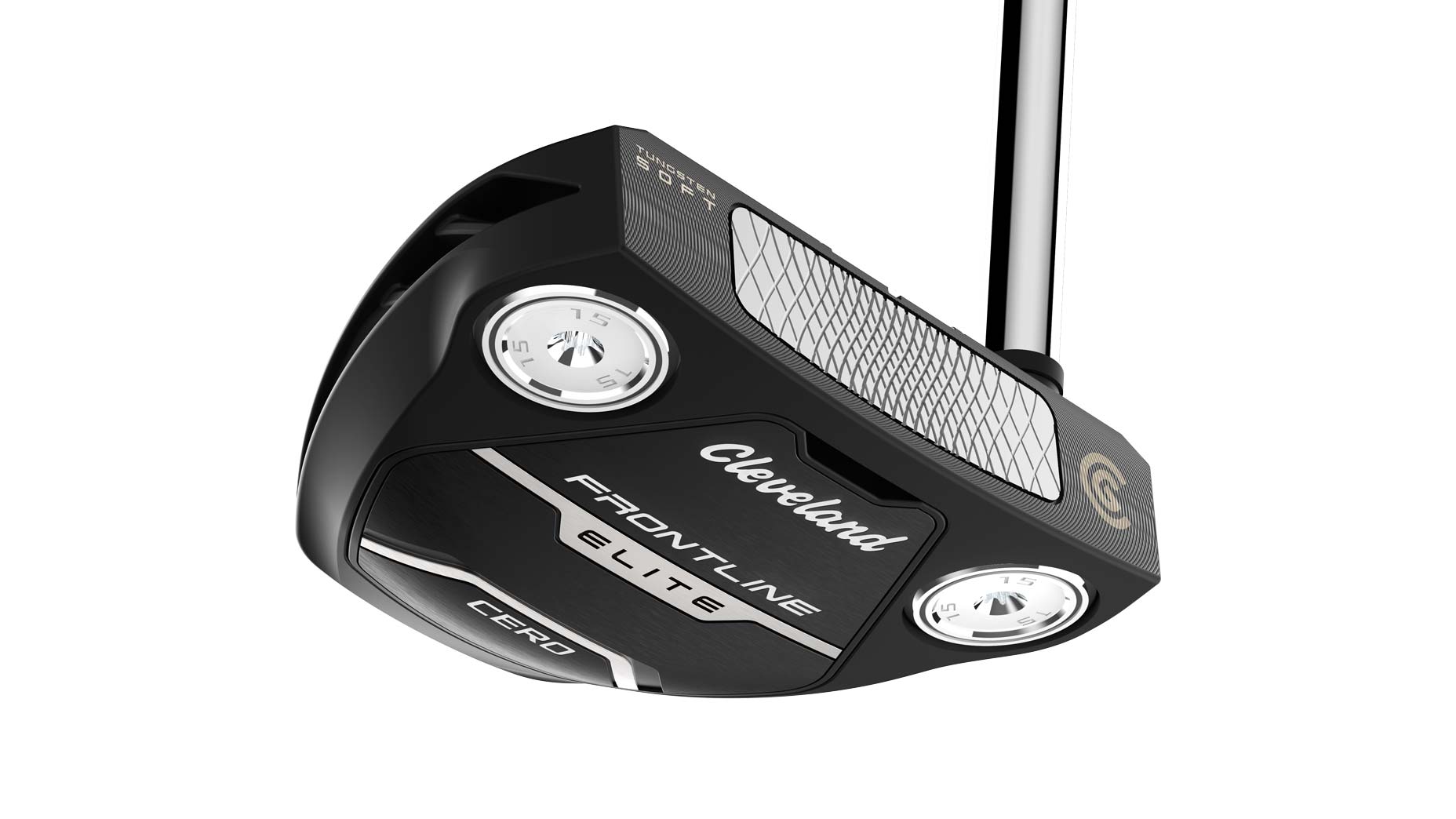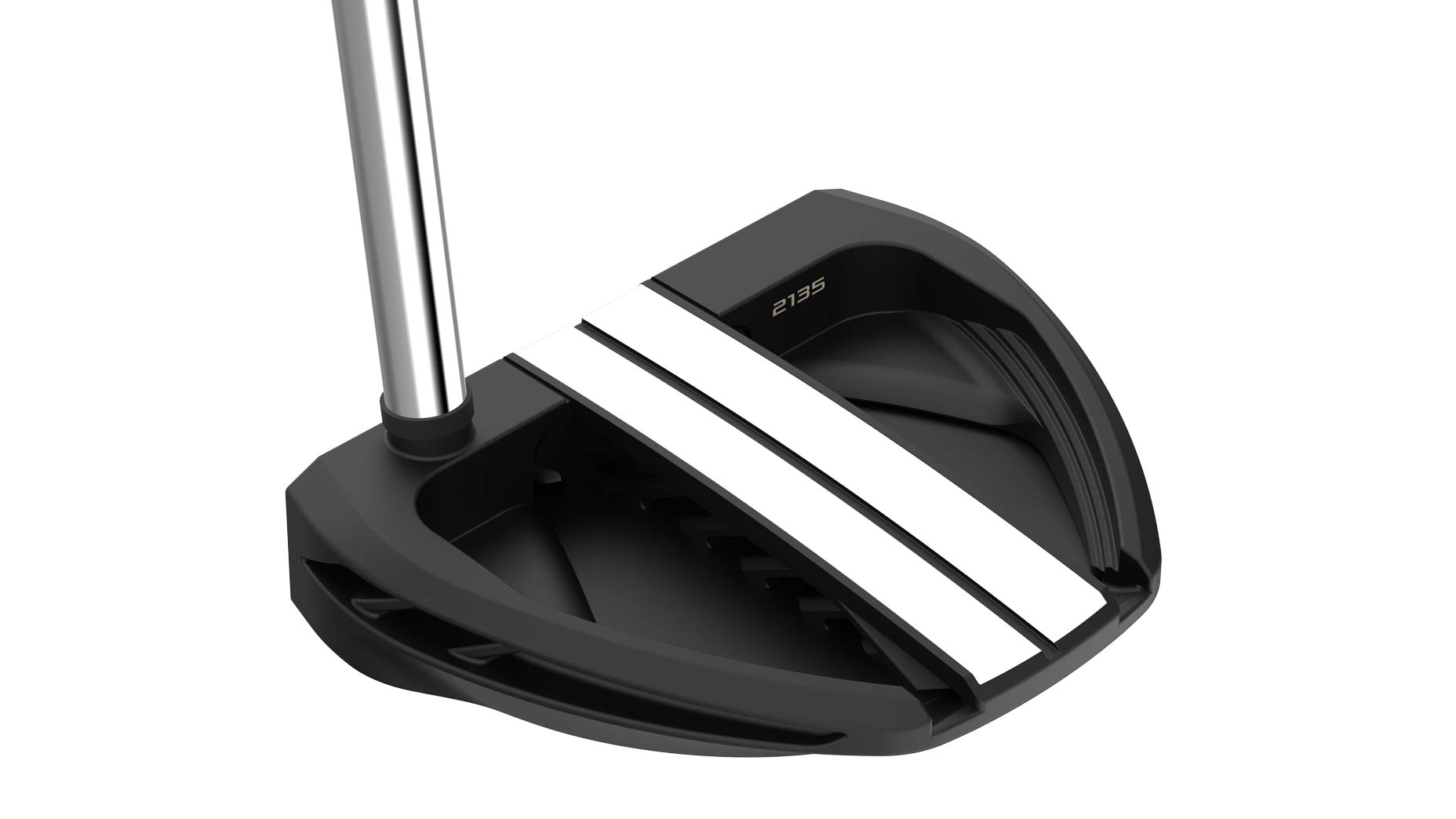LIV Golf is looking younger as it adds new players to the team rosters, the most recent the Cleeks announcing it was signing Frederik Kjettrup of Denmark, who finished among the top 10 in the PGA Tour University ranking at Florida State.
Does putter loft matter? | Gear Questions You’re Afraid to Ask
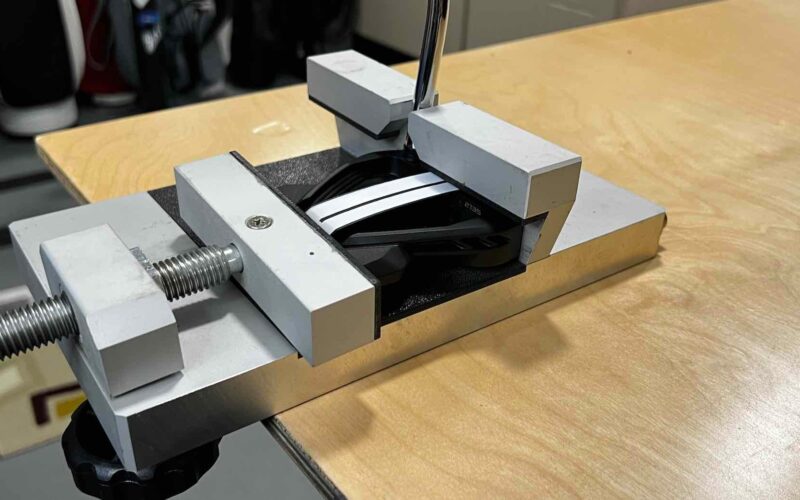
In this edition of Gear Qs, we explain how and why the loft of your putter matters and how having the wrong loft can affect your results.
The post Does putter loft matter? | Gear Questions You’re Afraid to Ask appeared first on Golf.
In this edition of Gear Qs, we explain how and why the loft of your putter matters and how having the wrong loft can affect your results.
The post Does putter loft matter? | Gear Questions You’re Afraid to Ask appeared first on Golf.
Welcome to Gear Questions You’re Afraid to Ask, a GOLF.com series produced in partnership with Cleveland/Srixon Golf. This week we discuss how your putter’s loft matters and how to ensure you have the right amount.
Does loft matter when it comes to putters? How do I know if I have too much or to little? – Beau V., Tennessee
Every putter has some degree of loft on the face. Typically, most putters have around 3° to 4° of loft, but it’s not uncommon to find models with more or less depending on length, the head shape, hosel design, and/or the type of stroke the putter is best suited for. In any case, the goal is the same — minimize skid after impact and get the ball rolling on top of the grass as fast as possible.
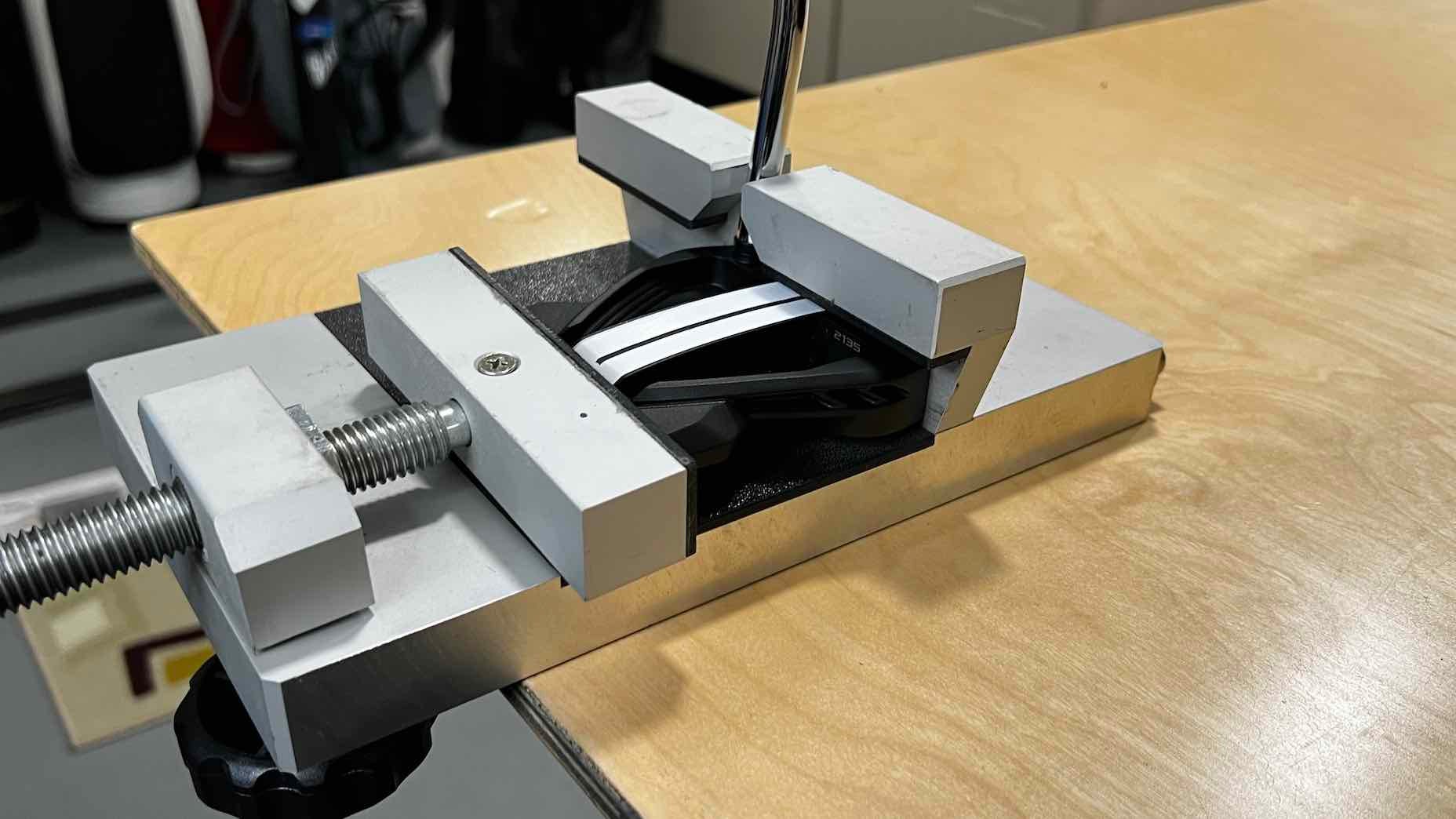
Speaking of skidding, a typical 8-foot putt will likely skid up to 10 inches before it starts a true roll. The wrong putter loft can stretch that skid range out much longer, wreaking havoc on your distance control and accuracy.
To further understand how loft works, let’s first look at some of the problems associated with having the wrong loft, then we’ll explain the right way to handle putter loft to ensure you don’t make these mistakes:
Too much loft will cause extra skidding and added backspin.
According to Casey Schultz, product manager at Cleveland Golf, “Loft on a putter is designed to extricate the ball from its impression on the green and start it on a true roll without driving it into the ground or lifting it too much causing bouncing.”
Too much loft will not only lift the ball too high, it will also impart backspin, which makes getting the right speed and distance much more difficult to manage.
Not enough loft is just as bad.
Not enough loft will push the ball into the ground and the ball will pop up or even bounce a few times before it starts on a clean end-over-end roll. We’d go so far as to say that not enough loft is actually worse than too much because it’s far less forgiving. The ball literally is driven into the green and bounces up in who knows what direction.
The proper loft should be 3.5°-4° degrees at impact, and the length of your putter matters, too.
We’ve found the optimal dynamic loft (the actual loft you’ll have when the putter head contacts the ball) to be about 4° degrees, but that’s only if you strike your putts with a vertical (or as close to vertical) shaft at impact. If you have a forward press (think Phil Mickelson), you’ll probably want a putter with more than 4° degrees of loft. If you’re a player who used a longer-length putter, it’s likely you’ll make contact with the ball on the upswing, meaning you might find better results with a lower-lofted model.
Your stance and ball position also play a part in how loft works for (or against) you.
This one is fairly obvious but still worth stating. If you play the ball forward in your stance, you’ll find better results with a lower-lofted putter. If you like to putt with the ball farther back in your stance, a higher-lofted model might be what you need. In Cleveland’s new Frontline Elite line, there are multiple hosel configurations to choose from with customizable lofts at 2° up or 2° down over standard. Meaning, no matter what putter head style you choose, you can get it custom-built to have the perfect loft for your stroke, ball position and length.
All of our market picks are independently selected and curated by the editorial team. If you buy a linked product, GOLF.COM may earn a fee. Pricing may vary.
Cleveland Frontline Elite Putters
Finally, pay attention to the type of greens you play on.
No matter what your stroke style is, if you play on shaggy or bumpy greens, you’re probably going to want more loft to lift the ball from any deep depressions. If you play on slick greens in great shape, you might put a better roll on the ball with a lower-lofted putter.
Still unsure of what loft is right for you? Or for that matter, what the loft of your putter is? Take it to your local club fitter and schedule a fitting — ideally with high-speed video capture (Quintic is a must if you can find a putter-fitter with one.) Not only will you get the chance to get fit for the proper loft, seeing how the golf ball reacts off the putter face will help you better understand how much or how little the ball actually flies before it starts rolling on the green.
Want to overhaul your bag for 2023? Find a fitting location near you at GOLF’s affiliate company True Spec Golf. For more on the latest gear news and information, check out our latest Fully Equipped podcast below!
The post Does putter loft matter? | Gear Questions You’re Afraid to Ask appeared first on Golf.
